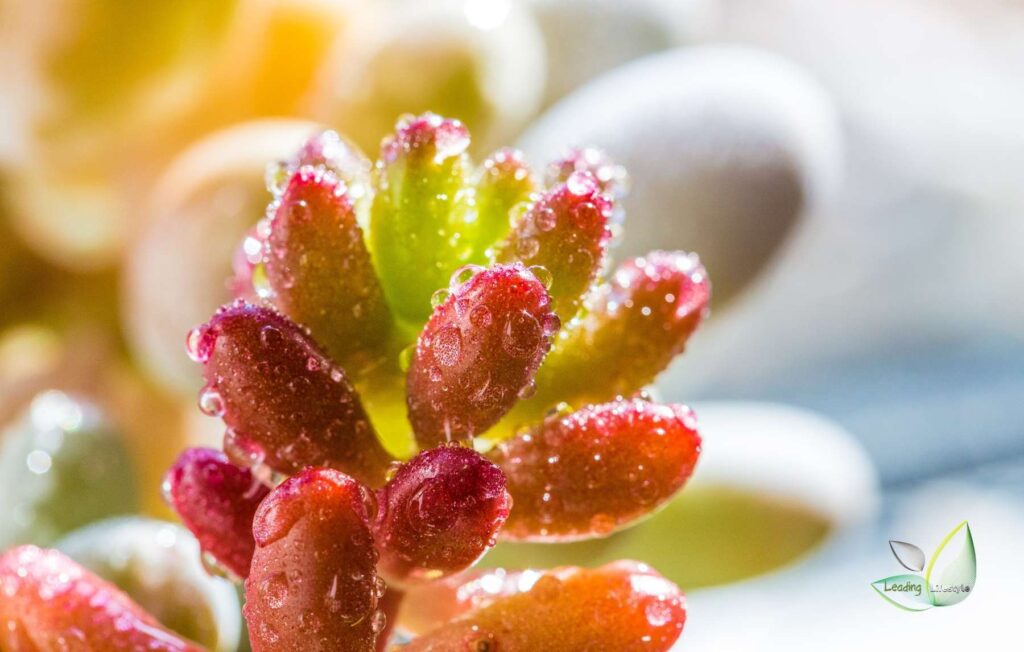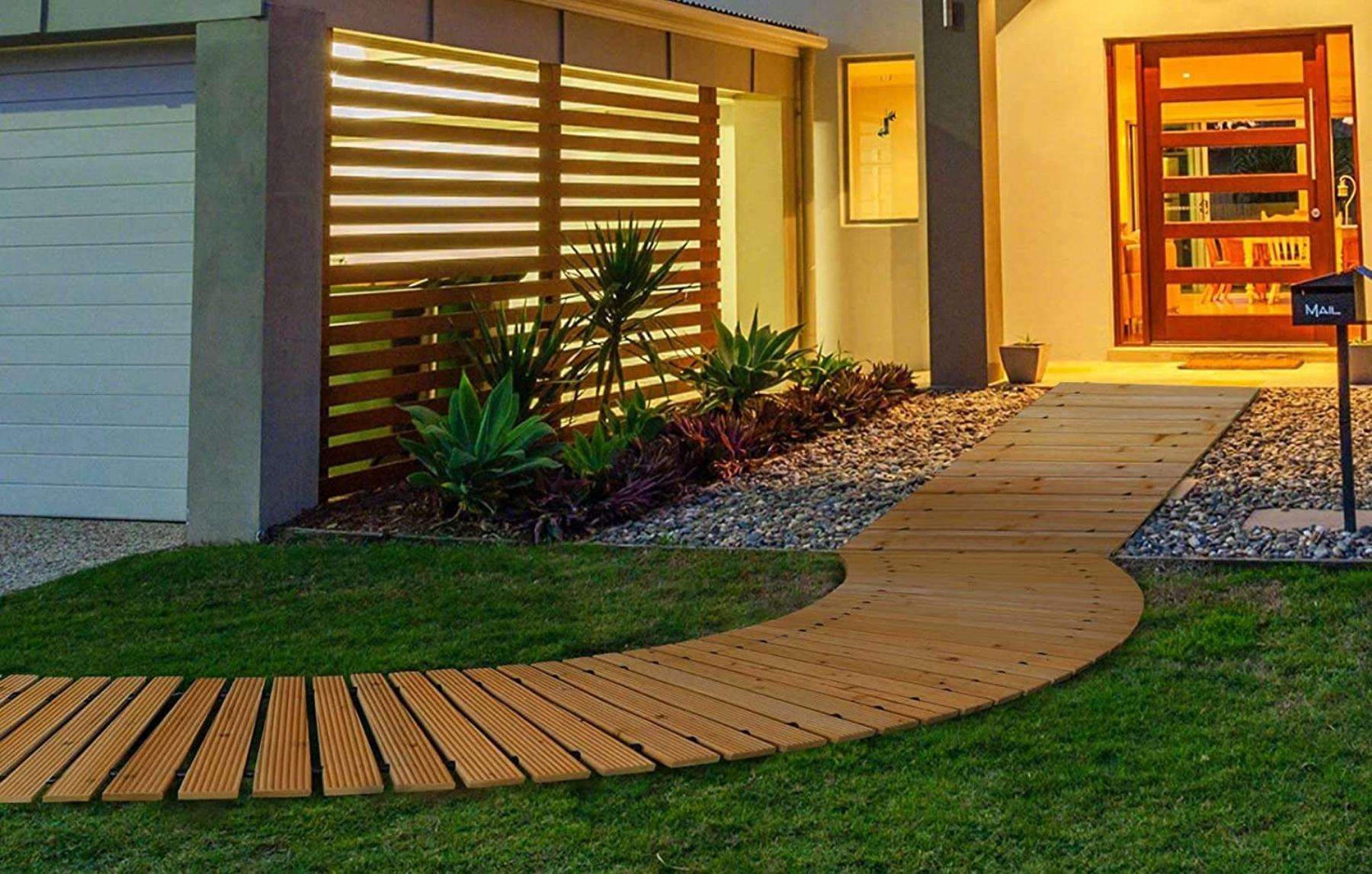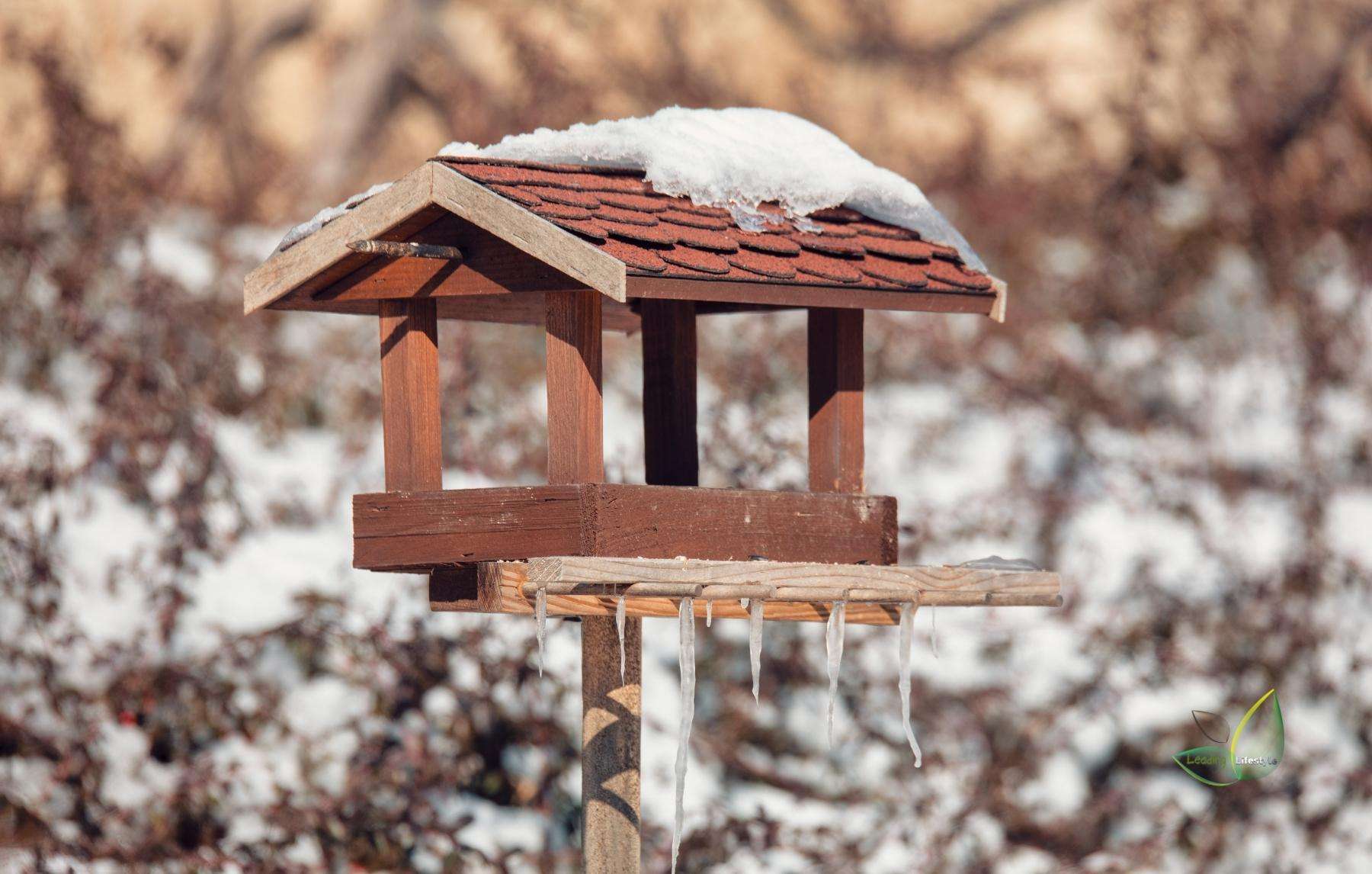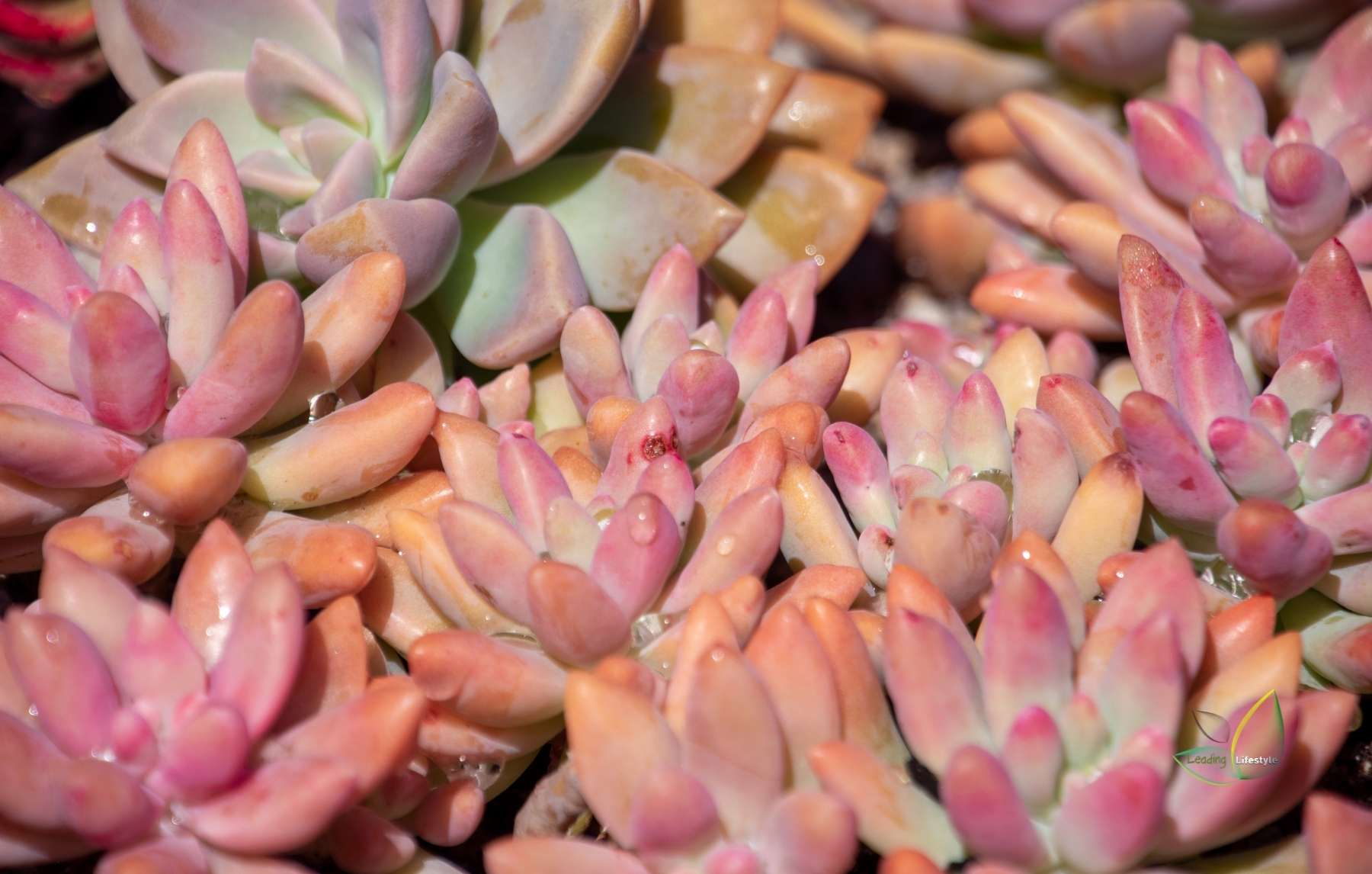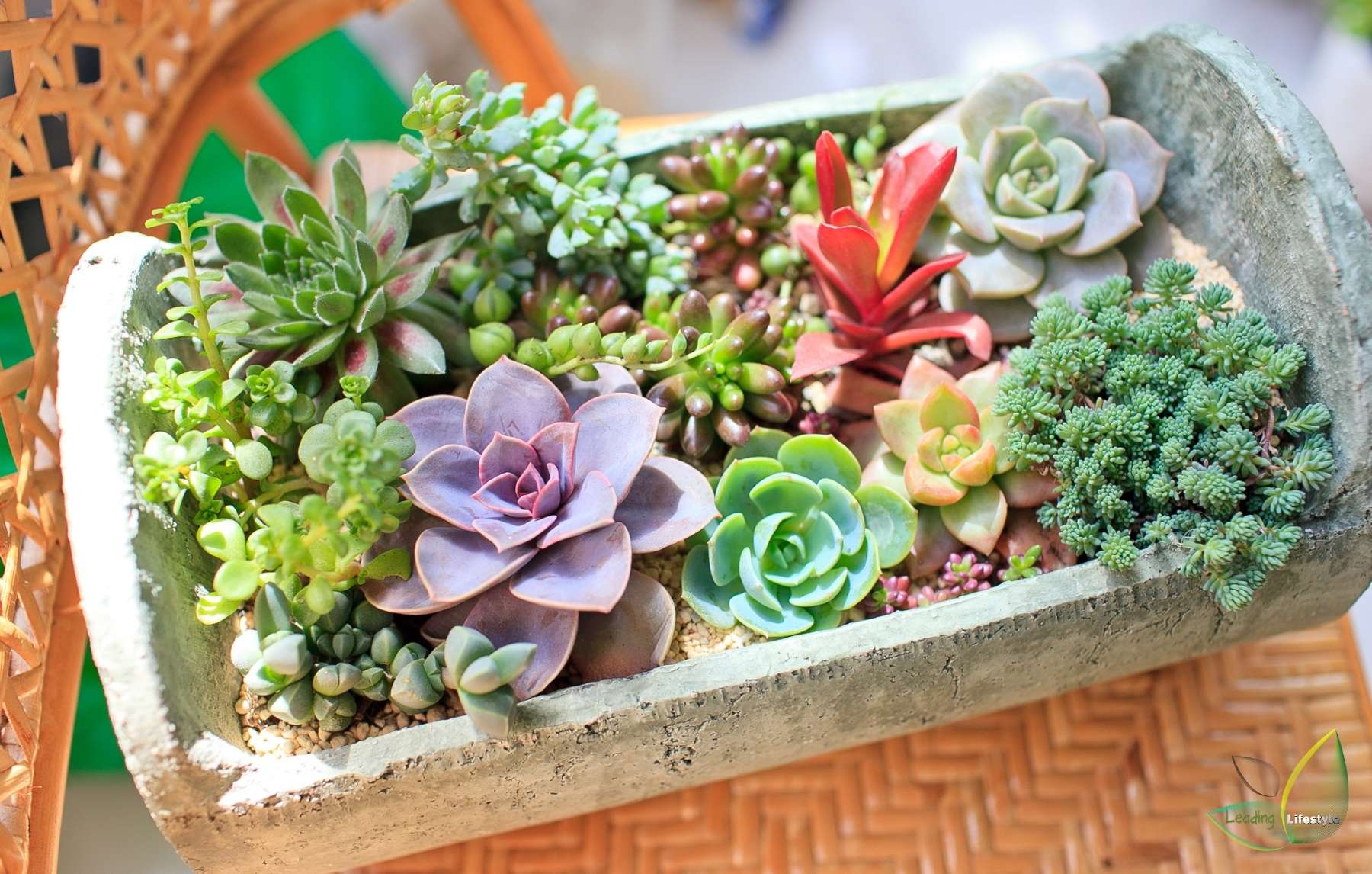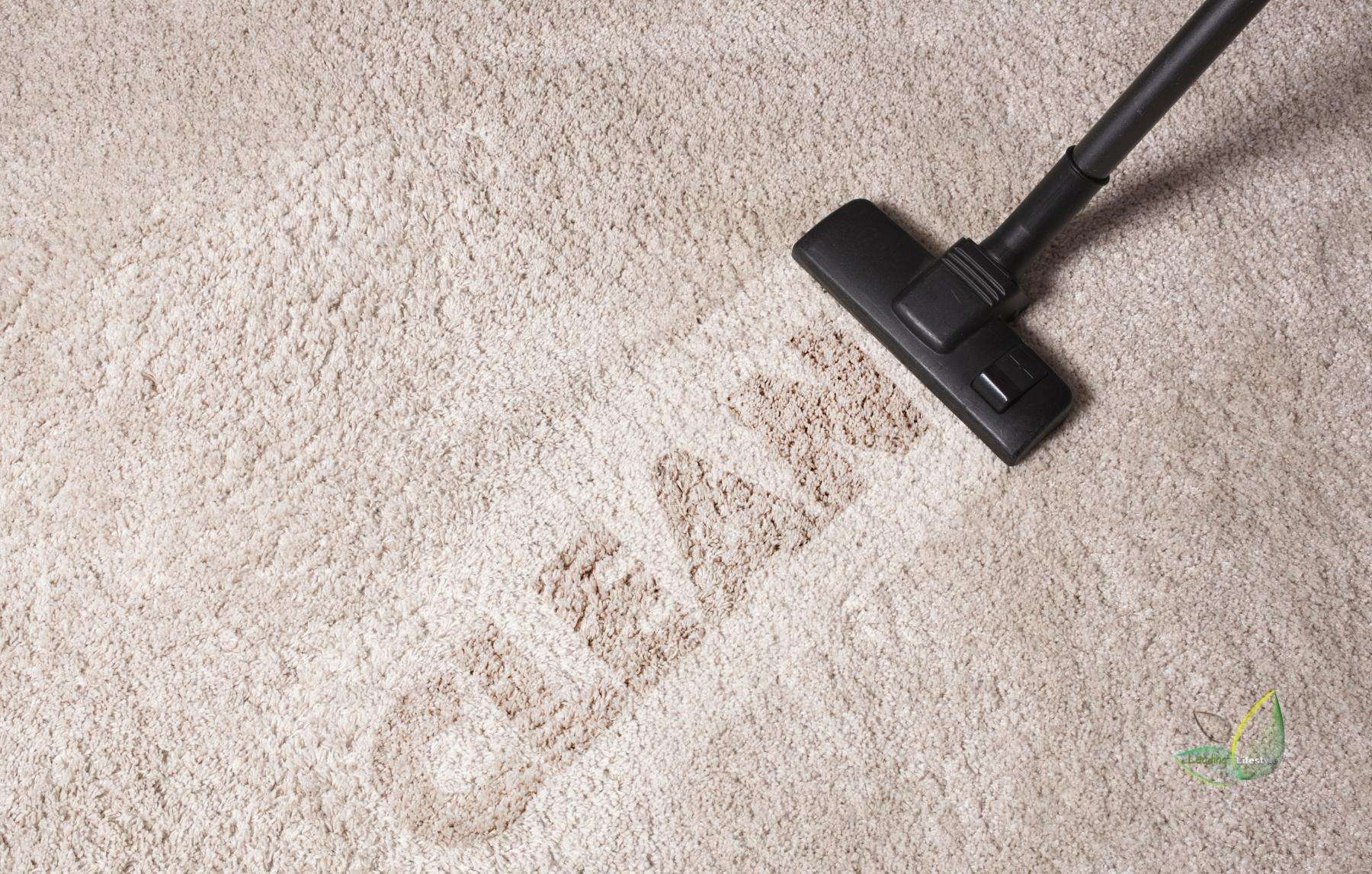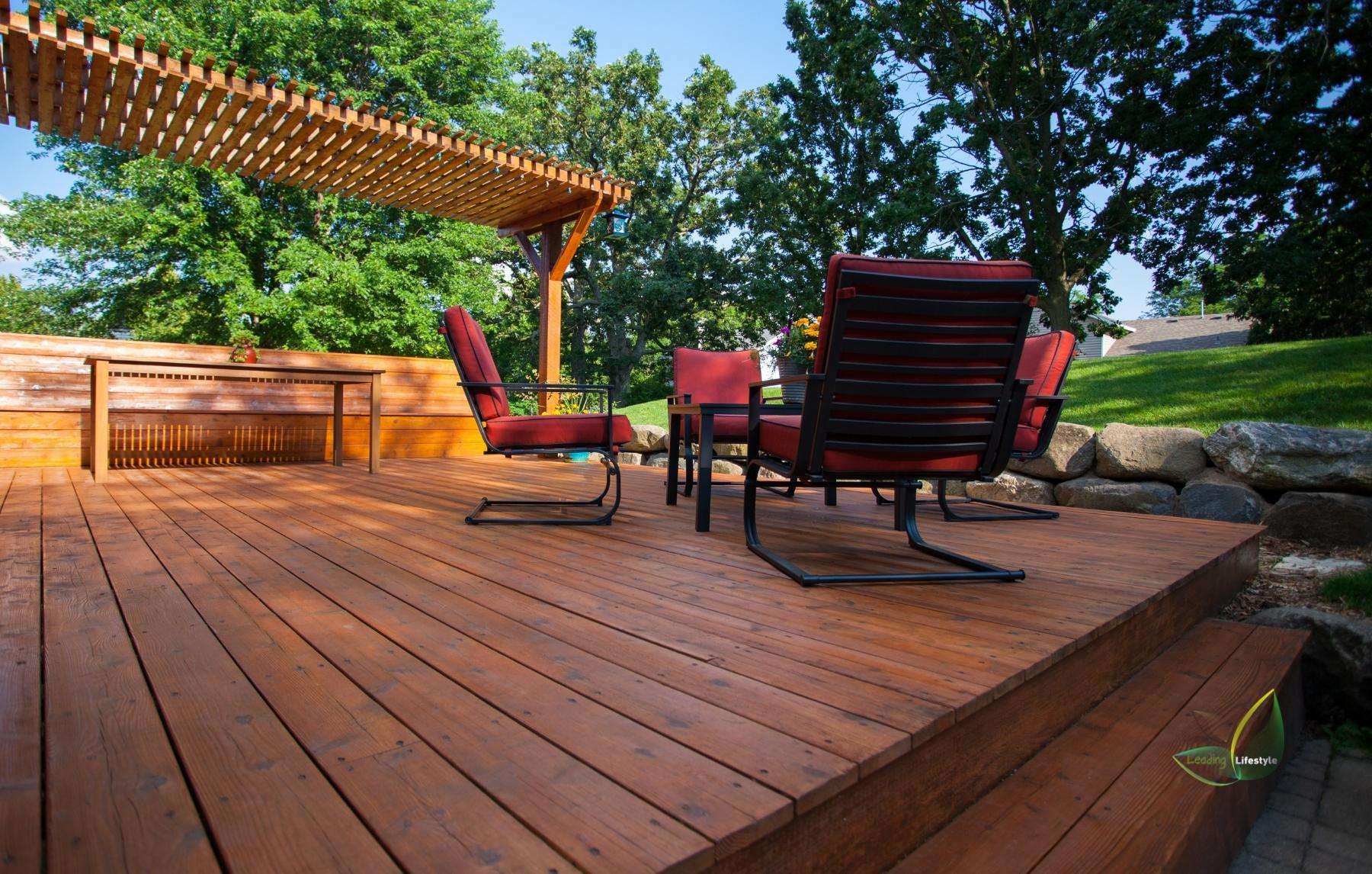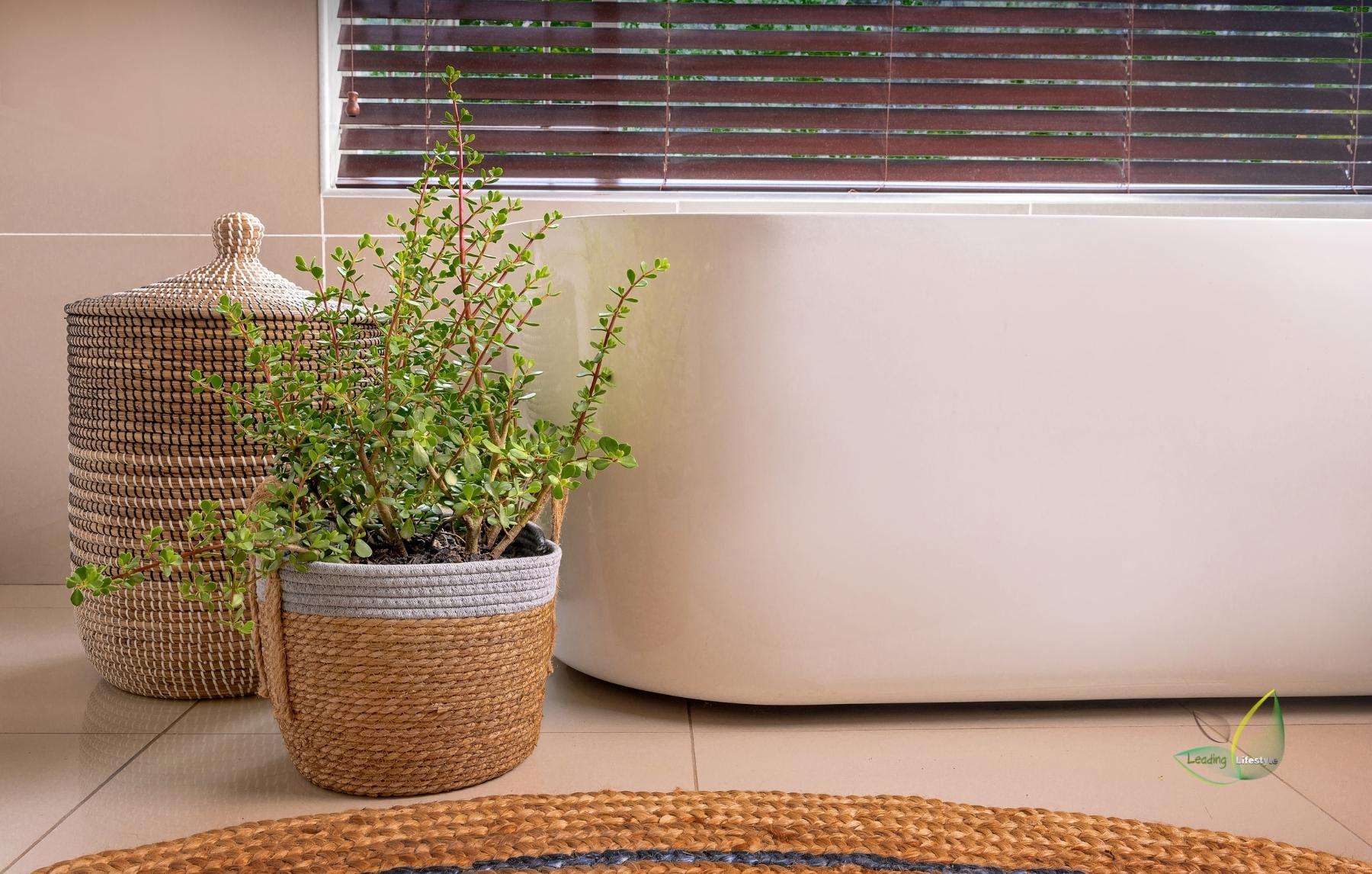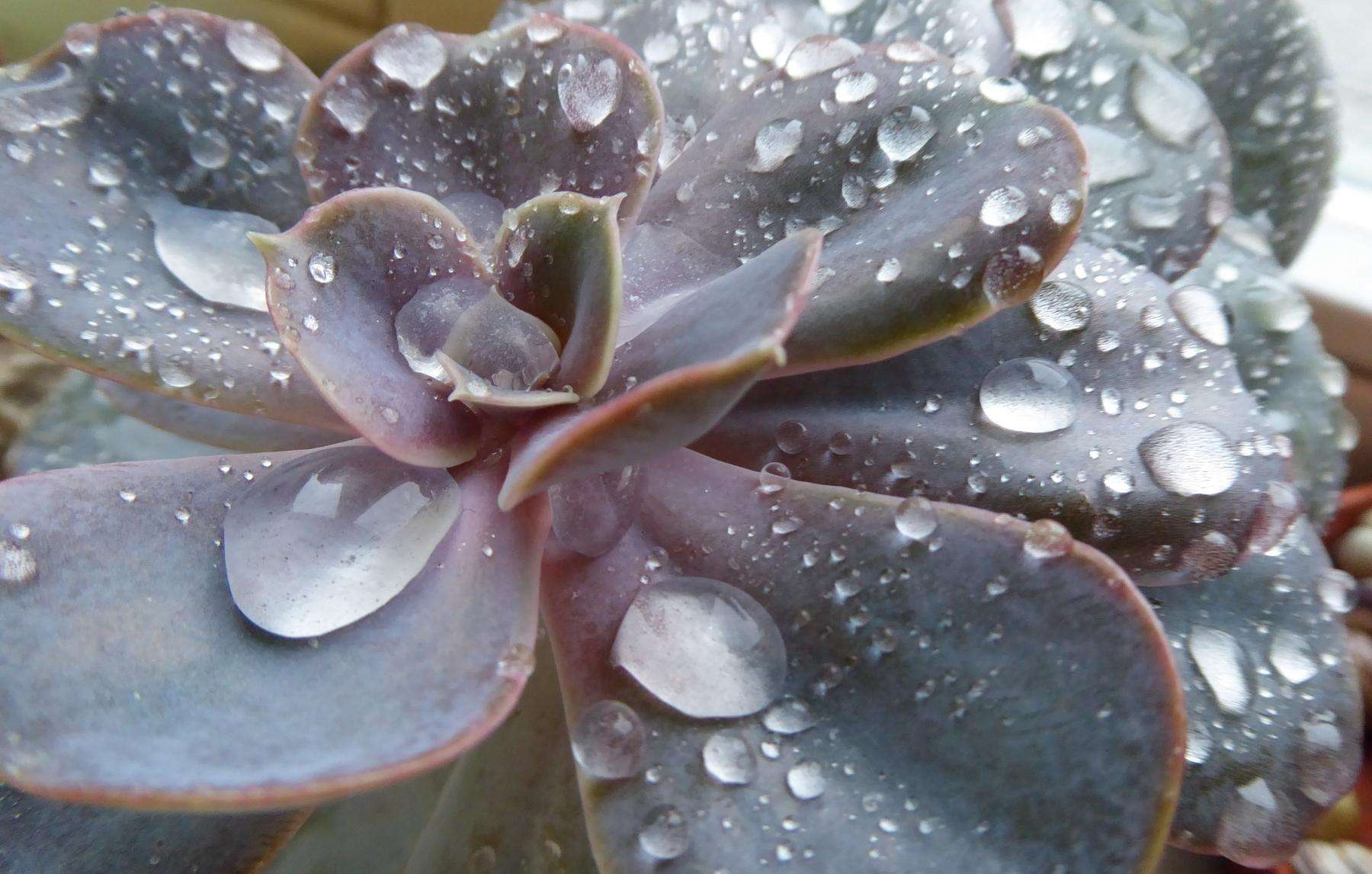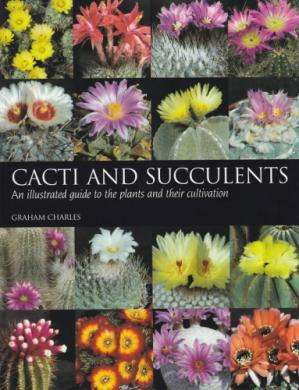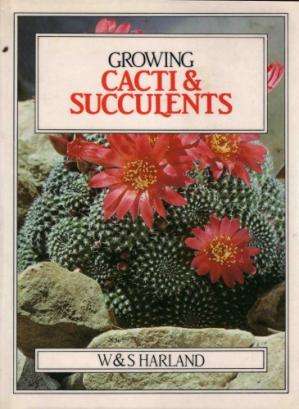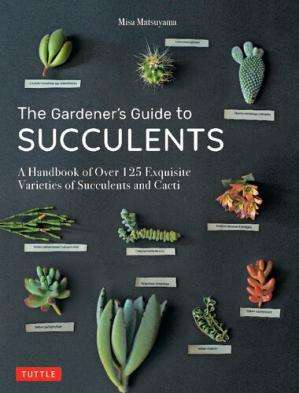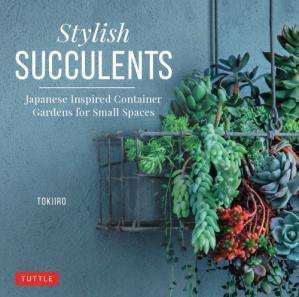If you like Sedum Rubrotinctum ‘Jelly Bean Succulent,’ you will also like Sedum Rubrotinctum ‘Aurora,’ also known as Pink Jelly Beans or Pink Pork and Beans. These are unique plants with beautiful color combinations and intricate features. They have plump, luscious jelly bean leaves in mauve-pink, cream, and lime green.
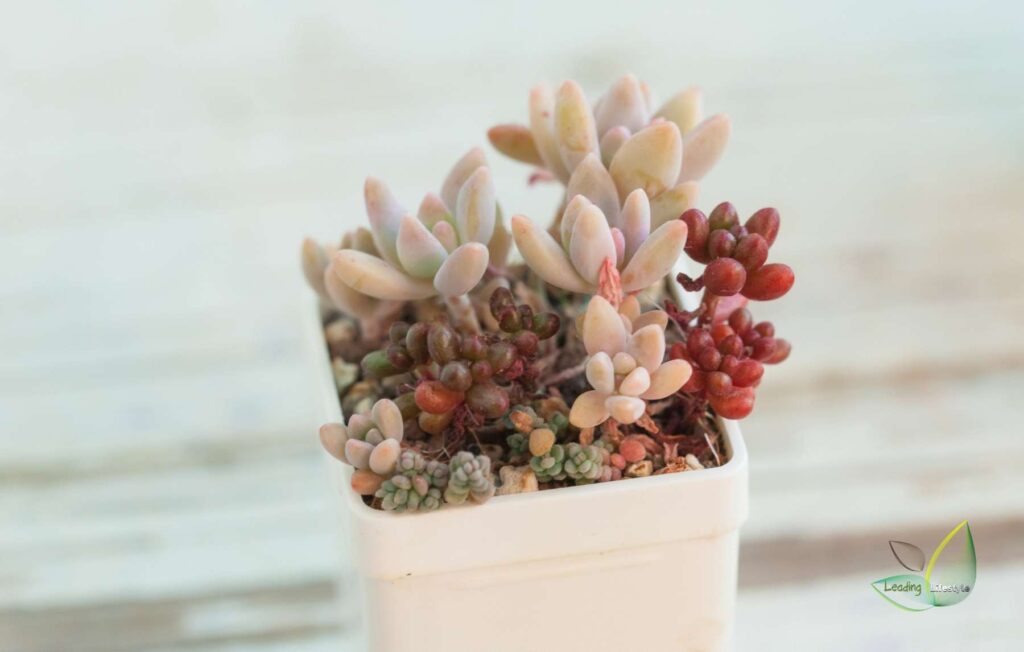
The sedum jelly bean succulent is popular among succulent growers (Sedum rubrotinctum). It’s colorful chubby, red-tipped leaves that resemble jelly beans make it a fan favorite. The leaves of this plant are sometimes referred to as “pork-n-beans” because they turn bronze in the summer. Others call it “Christmas spirit.” Jelly bean sedums, whatever you call them, are unique plants that can be used in an arrangement or as a stand-alone plant in a pot.
About Jelly Bean Succulent
According to jelly bean plant facts, this plant is a cross between Sedum pachyphyllum and Sedum stahlii. As a result, it’s another candidate for neglect and thrives when left alone.
When the leaves weigh it down, the six- to eight-inch (15-20 cm.) stems grow upward and lean. During the first years of growth, small yellow flowers appear in abundance from winter to spring.
According to Altman Plants, the name ‘Aurora’ refers to the spectacular light show seen around the magnetic poles of the northern and southern hemispheres, also known as the Aurora Borealis (Northern lights) and Aurora Australis (Southern lights) (Southern lights).
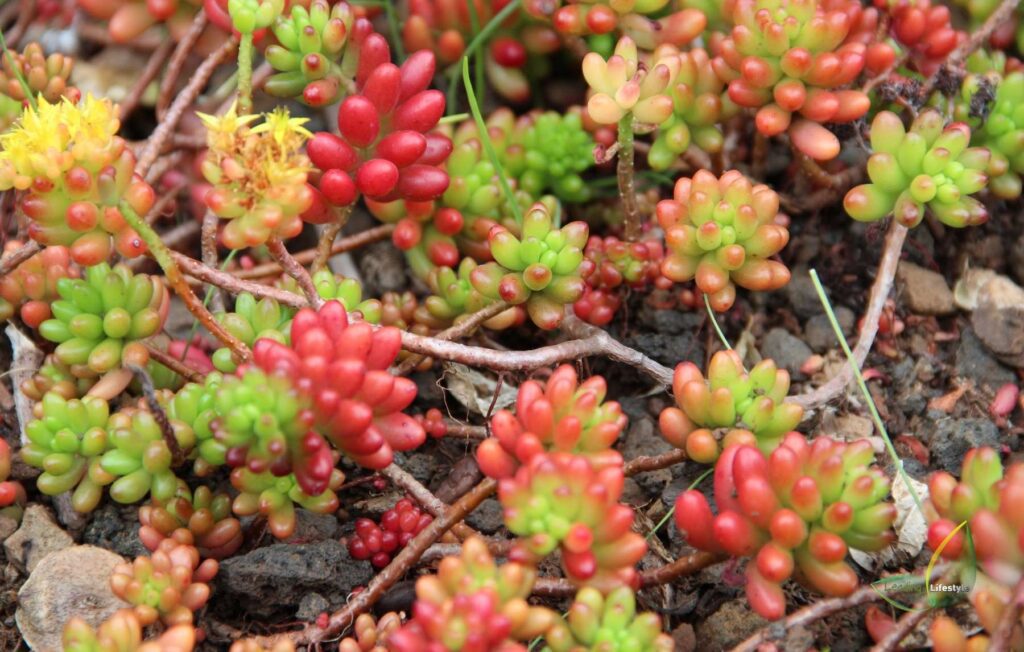
Sedum Rubrotinctum ‘Aurora’ is of garden origin, which means it was cultivated from the wild and selectively bred to grow in the garden. We can all agree that these succulent plants are exceptional, regardless of where they came from or what name they go by. I began with a small starter plant in a 2-3 inch pot, which I grew and spread in various pots and containers throughout my garden.
These plants can be grown in the ground, in containers, or even in hanging baskets as they grow. They have bright yellow flower clusters.
Buy Jelly Bean Succulent
Planting and Caring for Jelly Bean Plants
( In Short)
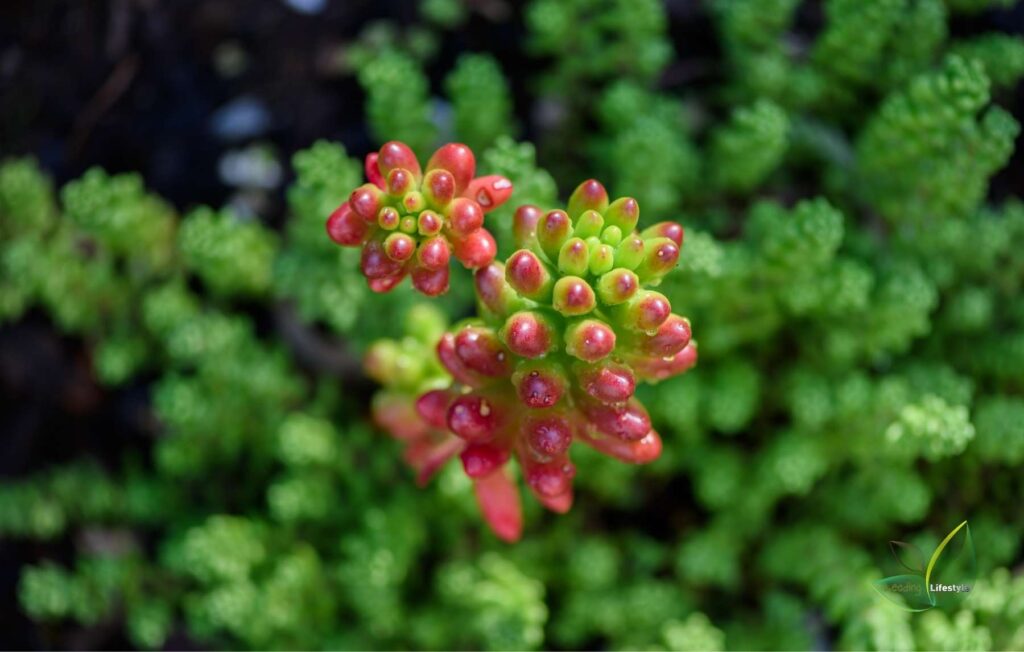
Sedum jelly bean plants can be grown in containers or the ground. Those who live in colder climates can grow it as an annual or dig it up and transplant it into pots in the fall.
Sedum is simple to grow; in most cases, burying a stem is required to get it started. You should avoid watering for a week or two after planting.
To keep its colorful leaves, the Sedum jelly succulent plant requires a sunny location. Sedum varieties frequently grow in areas of the landscape where no other plants can survive due to hot, dry conditions. You can also use the jellybean plant in partially shaded areas for a pop of color; plant it somewhere where it will get a few hours of sunlight. This succulent requires some shade in the summer in the hottest climates. When not enough light reaches the jelly bean sedums, they turn green all over.
Succulent jelly bean care requires only light watering. Additional water is unlikely to be required if rain falls on the plant. Allow for a long dry period between waterings whenever possible. Grow this plant in fast-draining soil mixes like sand, perlite, or pumice mixed with peat and a small amount of potting soil.
Pests are uncommon on the jelly bean plant. Keep an eye out for mealybugs and remove them with an alcohol-soaked Q-tip if you see them.
Fungus gnats are usually an indication that the soil is too wet, so cut back on watering.
Sedum Rubrotinctum 'Aurora' Maintenance
Requirements for Sunlight
Sedum Rubrotinctum ‘Aurora’ requires plenty of bright sunlight but not direct sunlight. They thrive in areas with partial sun or filtered light. Unlike Sedum Rubrotinctum, which can tolerate full sun, ‘Auroras’ have a more difficult time adjusting to full sun or intense heat and burn more easily due to their lighter pigmentation.
Are these plants for indoors or outdoors?
Both indoors and outdoors, Sedum Rubrotinctum ‘Aurora’ can be grown.
Providing the right potting mix (a well-draining one) as well as proper lighting will give them the best chance of survival, whether indoors or outdoors.
Lighting Requirements for Indoors
Allow as much light as possible if kept indoors. They typically require 4-6 hours of light per day to thrive. The plant can burn if left next to a window in direct sunlight. If this occurs, move the plant a few inches away from the window or increase the amount of shade. You may need to relocate the plant until you find the best location for it.
You may notice your plant stretching out or elongating if you live in an area that does not receive adequate light indoors or if you have poor lighting. This is known as etiolation, and it occurs when a plant does not receive adequate lighting for an extended period of time and begins to stretch out in search of more light. This weakens the plant and prevents healthy growth. If this is the case, you should relocate the plant to a more light-filled location.
Consider using a growlight in low-light situations. Growlights are an excellent investment, especially if you live in an area with long, dark winters or a lack of sunlight. Here are some of my growlight suggestions.
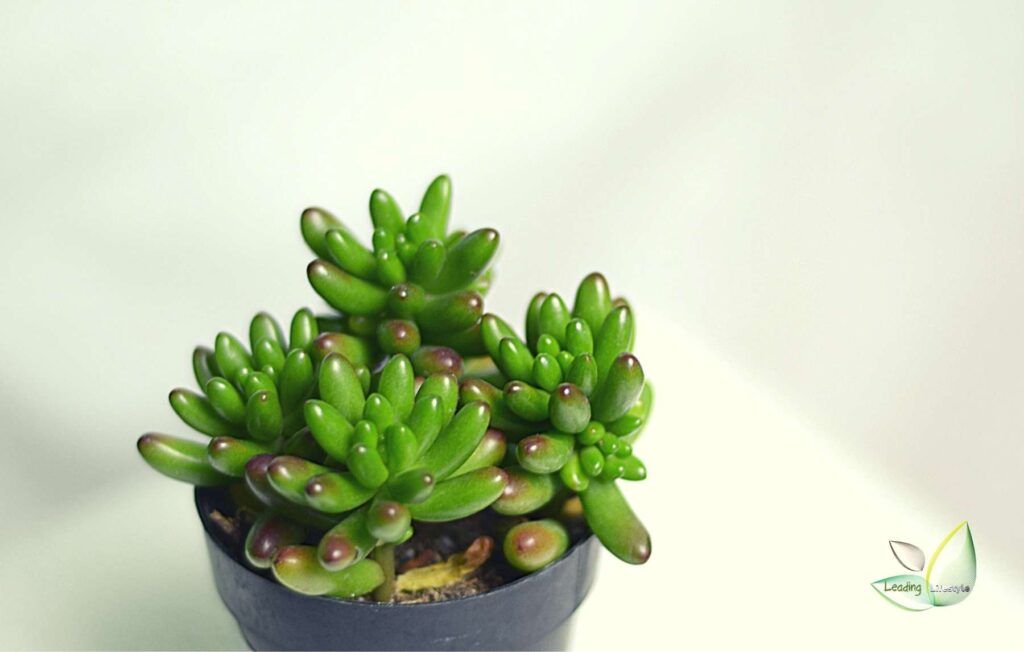
Requirements for Outdoor Lighting
Would you please put it in a bright, sunny spot outside? It is best to acclimate the plant before moving it outside or increasing the sunlight it receives to avoid sunburn. Increase the amount of light the plant gets gradually to adapt it to the more intense light. This will aid in the prevention of sunburn or sun damage.
Sedum Rubrotinctum ‘Aurora’ is not as tolerant of full sun or intense heat as Sedum Rubrotinctum. Morning sunlight, as well as partial shade or filtered afternoon light, is usually preferred.
To avoid sun damage during the hot summer months or a heatwave, relocate the plant to a shadier location. Alternatively, you can provide sun protection or shade.
Sunshades are a lifesaver for plants during the intense summer heat, where the sun can really scorch the plants if they are not protected. Here are some of our sunshade and sun protection recommendations.
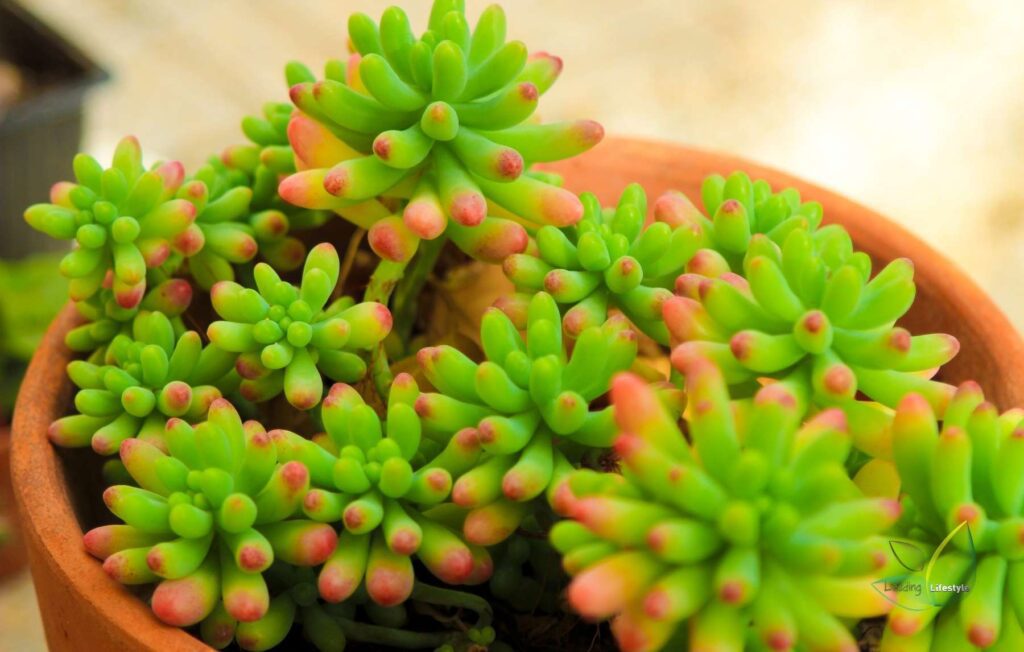
Tolerance to Frost
While Sedum Rubrotinctum ‘Auroras’ can tolerate light frost and even freezing temperatures, they are not designed to withstand harsh winter conditions. Because if you have mild winters where you live, you may keep most of your plants outside, and they survive even mild frosts and freezing rains. However, we do get plenty of sunlight during the day, which helps plants survive.
It is best to keep them in containers in colder climates so that you can bring them inside if frost is expected or before winter arrives. If the plant is planted in the ground or cannot move indoors, protect it from freezing temperatures with frost cloths and greenhouses. These frost cloths can save your plants and keep them safe during the long, cold winter months. Here are some of my frost-protection suggestions.
Soil Requirements
Sedum Rubrotinctums ‘Auroras’ have the same soil requirements as other succulent plants. They require well-draining soil. Long periods of wet soil will promote root rot.
A combination of cactus potting mix and perlite for added drainage has worked well for my plants. This combination appeals to me primarily because it is simple, convenient, and effective. You may not use precise measurements, but aim for a 2:1 solution of cactus mix and perlite. Others advise using sandy soil. This is accomplished by combining cactus mix or potting soil with coarse sand (about 2:1 ratio).
The majority of your materials can be obtained from a local hardware store. We have a helpful article titled “Best Soil for Succulents” if you want to learn more about succulent soil. Please go over to the post when you have a chance.
Watering Requirements
The climate you live in dramatically influences how and when you water. Unfortunately, there is no set schedule or magic formula for watering succulents. If you live in an arid climate, your watering schedule is tailored to the dry conditions of your surroundings. During the summer, water your Pink Jelly Beans every 7-10 days, or more frequently if there is a heatwave, giving the plant a good drink.
When the weather cools down in the spring and fall, reduce watering to every 10-14 days. Of course, if you live in a humid climate, you won’t need to water as frequently.
During the winter, rely primarily on rainwater and avoid watering altogether because you may get a lot of rain in your area. However, if we don’t get any rain during the winter, water at least once a month or every 2-3 weeks, depending on how dry the soil becomes.
Checking the soil moisture is an excellent way to tell if it’s time to water. Before you can water again, the top inch of soil must feel dry. If you’re not sure how often to water at first, it’s always better to go underwater and increase watering as needed. Pay attention to how your plant appears so that you can adjust your watering schedule accordingly. I prefer to underwater rather than overwater my succulent plants.
How to Determine Whether You're Overwatering or Underwatering
Plant That Is Underwatered
Paying attention to how the leaves look is the best way to tell if your Pink Jelly Beans are over or underwatered. When your plant’s leaves begin to fade and lose their plumpness, you’ll know it’s been underwatered. When this occurs, it is usually a sign that the plant’s water storage is running low and time to water.
If this is the case, give the plant a good drink, and it will perk up in a day or two. Remember that an underwatered plant is more accessible to ‘fix’ than an overwatered one. An underwatered plant will recover almost immediately as long as the damage is not severe.
Overwatered Plant
When the plant begins to look unhealthy, has become spongy, and drops leaves at the slightest movement, this is a sign that you are overwatering your Pink Jelly Bean succulent. These plants have water storage capacities in their stems and leaves, and if they are overwatered, the leaves swell and can burst. There is still hope if this is the case with your plant.
The first step is to discontinue watering your plant. Allow it to dry out, and the plant will usually recover. However, if the soil does not dry quickly enough and remains wet for extended periods, it is time to repot the plant in a well-draining potting mix.
Suppose the plant does not recover from overwatering and begins to rot. In that case, you can still save it by removing it from the wet soil, removing any dead or rotten parts, keeping any green or viable parts, and allowing them to dry out for a few days before propagating and repotting in a well-draining potting mix.
How To Propagate Sedum Rubrotinctum ‘Auroras’
Leaf or stem cuttings of Sedum Rubrotinctum ‘Auroras’ can be used to propagate the plant. Both methods are simple, and both have a high success rate. My preferred method is stem cuttings because it is simpler, faster, and more reliable.
With these plants, leaf propagation is just as simple, but the wait is much longer. And, no matter what you do, you will always lose some leaves during the leaf propagation process. That is why it is best to start with a few leaves because not all will survive.
The Following Are the Propagation Steps:
- Take a few of the leaves. To ensure survival, make sure to collect the entire leaf. Place the leaves in a dry place away from direct sunlight for a day or two to dry.
- Or Take a couple of stem cuttings. You can select stems that have grown leggy and long. Unlike other succulents with thick stems, Jelly Bean stems are thin, so you won’t have to wait as long for the stems to dry. Allow it to dry for a couple of hours to a day or two.
(Alternatively, soak the cuttings in rooting hormone. We usually skip this step, but some people prefer to use a rooting hormone to hasten the rooting process. Rooting hormones also protect cuttings from fungus and diseases that are common in newly cut plants.)
- Make an appropriate well-draining potting mix. Plant the stem cuttings in the soil. You can either stick the leaves in the soil or lay them flat on the soil.
- Wait for the cuttings to root. This usually takes two weeks to a month. Stem cuttings are typically safe to use after being planted. Leaf cuttings can be tricky. Some leaves, no matter what will not survive. When propagating, it is best to start with a few leaves because you will naturally lose one or two along the way.
- While propagating and rooting the cuttings, keep them away from direct sunlight to avoid sunburn.
- Every few days, or whenever the soil feels dry, mist or water it. When the plant is well-rooted and established, discontinue misting and begin watering it. When the plant matures, you can reduce the frequency of watering to once a week or less.
- As the plant matures and becomes more established, increase the amount of sunlight it receives.
It is not difficult to propagate Sedum Rubrotinctum ‘Aurora’ plants. All you need is a little time and patience, and you’ll have them growing everywhere in no time.
How to Induce Flowering in Sedum Rubrotinctums
From mid-spring to summer, Sedum Rubrotinctum ‘Auroras’ produces bright yellow flowers. These bright yellow flowers stand out against the plant’s pastel hues.
It’s a joy to watch these plants bloom. Keep in mind that not all plants are ready to bloom or will ever bloom. Much of it is determined by environmental factors over which we have no control.
Here are some hints for getting Sedum Rubrotinctum ‘Auroras' to bloom:
Plant Maturity
Check to see if the plant is mature enough. When a plant blooms, it indicates that it is ready to reproduce. If the plant is too young, it simply isn’t ready to reproduce and will thus not bloom. Give the plant some time; usually, it is mature enough to bloom if the plant is more than three years old.
Plenty of Light
Ensure that the plants receive enough sunlight throughout the year and keep them in a bright location, even during the colder winter months.
Proper Temperatures
It would be best if you kept temperatures at a comfortable level to encourage flowering. They require a clear distinction between night and day temperatures and the summer and winter months. Succulents prefer chillier nighttime temps of 50-550F (10-130C) or indoor nighttime temperature levels of 60-650F (15-180C). Succulents, especially when kept in a controlled environment, prefer a significant difference between night and day temperatures to mimic their natural habitat, with cool night temperatures playing an important role in the plant’s growth cycle.
Overwintering
Overwintering is also necessary if you want your succulents to blooming. You can accomplish this by keeping desert cacti cool and relatively dry during the winter months. During the winter, keep them cool with temperatures just above freezing, between 35-440F (1.5-70C). If kept indoors during the winter, keep them in a non-heated room if possible, or keep the temperatures low to provide them with the necessary cold winter period.
Feed or Fertilize
While fertilizing is not required, providing your plants with the nutrients they require will ensure proper growth and encourage blooms. Plants require a lot of energy to produce flowers, so feeding them extra nutrients will help supplement their needs during the flowering season. The most common advice is to fertilize during the active growing season, in the spring and summer.
You should apply fertilizer at a quarter or half-strength every two weeks. Avoid fertilizing near the end of the fall season and during the winter months. A balanced fertilizer blend diluted to half strength is appropriate and commonly used. Fertilizer blends designed specifically for cacti and succulents are also appropriate.
What Causes Leaves to Fall?
Pink Jelly Bean Leaves Plants are delicate and can easily fall off during transport or repotting. This is normal and expected, so don’t be concerned if you lose a few leaves this way. However, if you notice an abnormally high number of leaves falling off, to the point where half of the leaves are missing, it is usually a sign that the plant is stressed.
The most common reason for Pink Jelly Beans dropping their leaves is a watering issue, either under or overwatering.
As a defense mechanism to conserve water storage, an underwatered plant will shed its leaves. When this occurs, you will usually notice shriveled and dried-up leaves on the bottom. This means you’re not watering your plant enough, and it’s time to do so. Take care not to overwater to compensate. Give the plant a good drink of water and adjust the frequency of watering to meet your plant’s needs.
A plant that has been overwatered will also shed leaves, but the plant will look different. The leaves will appear lighter in color or more translucent rather than dried and shriveled. The leaves will be soft and mushy as well. When this occurs, allow the plant to dry out to aid in its recovery completely. Reduce the watering frequency and only water when the top inch of soil is dry. If necessary, switch to a well-draining potting mix to ensure that the plant dries quickly.
If you require additional watering techniques, consider using hygrometers or moisture meters to check for moisture in the soil and air. These tools are reasonably priced and useful, especially if you are unsure when to water your plant next. If you need assistance determining your watering requirements, please visit this page.
Toxicity to Cats, Dogs or Pets
There isn’t much information available about the toxicity of Sedum Rubrotinctum ‘Aurora’ to pets. It is generally regarded as pet-safe and non-toxic. You can find more information on plant toxicity and symptoms on the ASPCA website. If you suspect poisoning, call your local veterinarian or the ASPCA Animal Poison Control Center at 888-426-4435 right away.
Pink Jelly Bean Succulent, Pink Pork and Beans, and Sedum Rubrotinctum ‘Aurora’ are not only beautiful, but they are also one of the easiest succulents to grow and propagate. If you’re looking for a unique succulent plant to add to your collection, one of these will not disappoint.
Your Questions - Our Answetrs
Jelly bean succulents (Sedum rubrotinctum) are native to Mexico and are evergreen, low-growing perennial succulents.
They can withstand drought, don't require pruning or repotting on a regular basis, and are extremely easy to propagate.
A completely green plant or leggy, elongated growth are both signs that the plant is not getting enough sunlight and could benefit from relocating to a brighter location.
They can be grown successfully indoors as a houseplant or outdoors in the warmer climates: USDA Zones 9 through 11.
Succulent and cactus soils are ideal because they are typically high in inorganic matter (such as perlite and pumice) and low in organic matter (such as peat and coco coir).
It's best to use the “soak and dry” method , and allow the soil to dry out completely between waterings.
“Jelly Beans” propagates extremely well from leaves.
“Jelly Beans” is not cold hardy, so if you live in a zone that gets colder than 20° F (-6.7° C), it's best to plant this succulent in a container that can be brought indoors.

